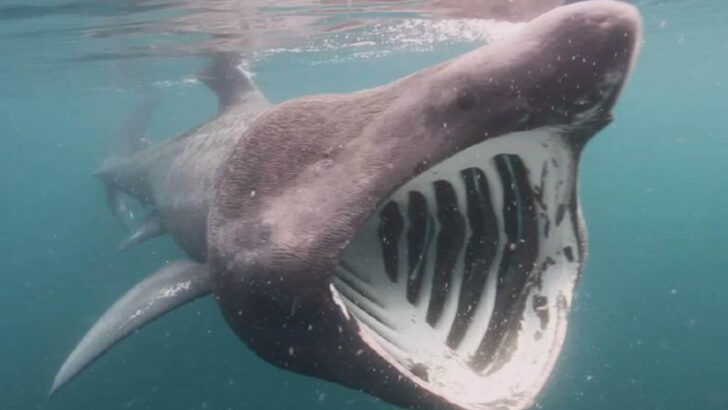The great white shark is terrifying—but it’s not the biggest beast in the ocean. Not even close.
While movies made it the star of our sea-bound nightmares, the great white is just one player in a world filled with true giants. We’re talking creatures so massive they make a shark look like a snack.
Some drift through the deep like ghostly submarines. Others flash tentacles the length of school buses. And a few can swallow you whole without even noticing.
These aren’t just big animals—they’re the legends of the deep.
If you think the great white is the final boss of the ocean, it’s time to meet the real monsters.
Blue Whale

The blue whale, the largest animal ever known to have existed, can reach lengths of up to 100 feet. Its immense size allows it to consume up to 4 tons of krill daily. Imagine a heart as big as a small car!
These gentle giants glide through oceans with unmatched grace and beauty. Despite their colossal stature, they feed primarily on tiny krill, a testament to nature’s paradoxes.
Did you know? A blue whale’s tongue alone can weigh as much as an elephant, making it a true marvel of the marine world.
Colossal Squid

Deep in the ocean’s abyss dwells the elusive colossal squid, a creature shrouded in mystery. Unlike any other, it possesses the largest eyes in the animal kingdom, measuring up to 10 inches in diameter. Seafarers’ tales have long painted it as a sea monster.
Its tentacles, lined with sharp hooks, make it a formidable predator of the deep. The colossal squid’s presence challenges our understanding of ocean life.
Fun fact: This squid’s eyes allow it to detect bioluminescent prey, turning the darkest corners of the sea into its hunting grounds.
Sperm Whale
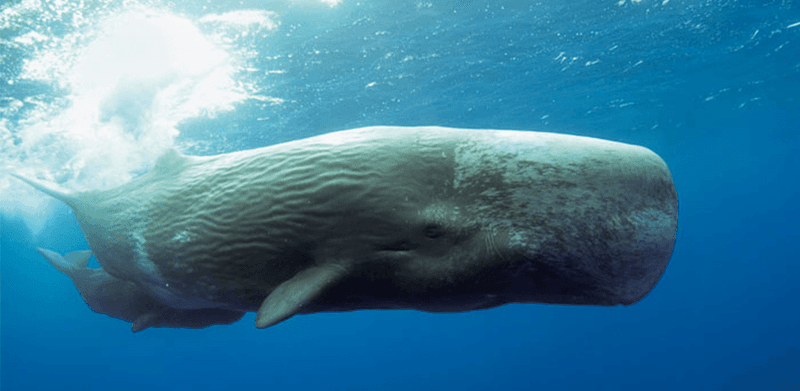
Sperm whales are deep-sea divers and can plummet to depths of 3,280 feet, holding their breath for up to 90 minutes. These majestic creatures boast the largest brain of any animal on Earth, weighing around 17 pounds.
Their large, square heads house complex vocal organs, enabling unique clicks and songs. Despite the great white’s fame, the sperm whale’s presence is unparalleled in oceanic tales.
Did you know? Herman Melville’s ‘Moby Dick’ was inspired by the legendary might and mystery of the sperm whale. Such tales cement their legendary status.
Whale Shark
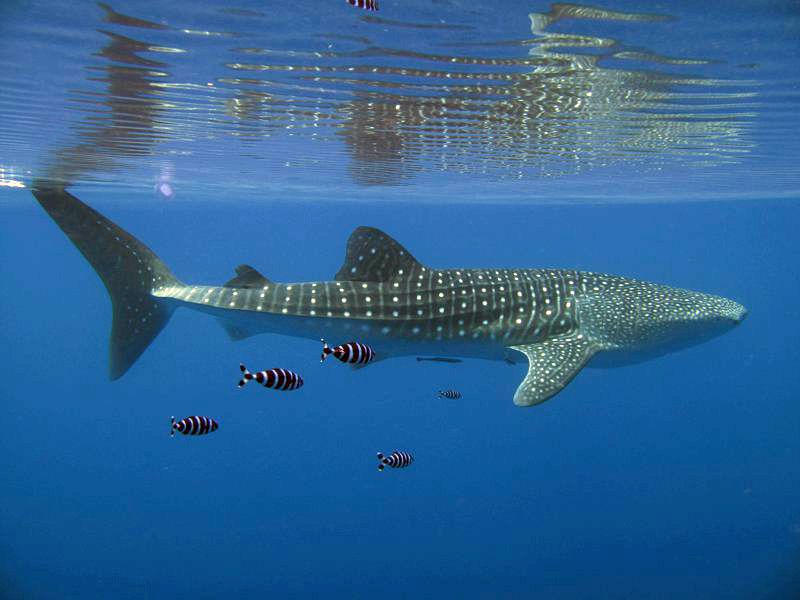
Whale sharks, the largest fish in the sea, can grow up to 40 feet long. Their distinctive spotted skin sets them apart and is unique to each individual, resembling a fingerprint.
Despite their grand size, whale sharks are gentle filter feeders, cruising through tropical waters. They pose no threat to humans, often swimming calmly alongside divers.
A quirky trait: Whale sharks are known to ‘cough,’ a behavior thought to clear their gills. Their peaceful nature and enormous size make them truly unique sea inhabitants.
Giant Manta Ray

The giant manta ray, with a wingspan that can exceed 23 feet, is a marvel of marine grace. Known for acrobatic displays, these rays can leap out of the water, a spectacle that leaves onlookers in awe.
Their wide, flat bodies allow them to glide with unmatched elegance, navigating the ocean currents effortlessly. Known as ‘devilfish,’ their gentle demeanor contradicts their ominous nickname.
Interesting tidbit: Manta rays have the largest brain-to-body ratio of any fish, showcasing their intelligence and complex social structures.
Lion’s Mane Jellyfish
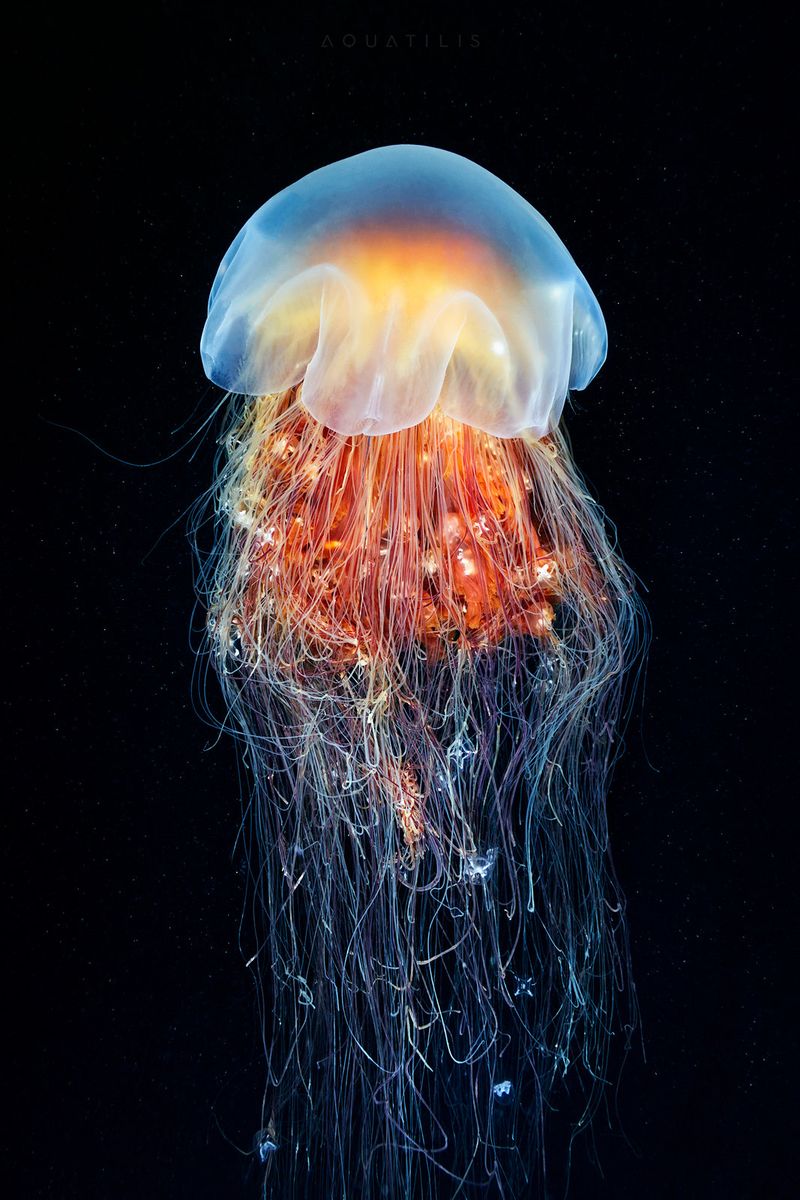
The Lion’s Mane Jellyfish, with its flowing tentacles, is an underwater marvel. Stretching up to 120 feet, its tentacles rival the length of a blue whale. Its translucent bell can span over six feet in diameter, making it a captivating sight.
Despite its beauty, the jellyfish has a potent sting, used to capture unwary prey. It’s predominantly found in the chilly waters of the Arctic and North Pacific.
This jellyfish plays a crucial role in the marine food web, supporting a diverse range of marine life. Its size and presence highlight the ocean’s grandeur and mystery.
Japanese Spider Crab

The Japanese Spider Crab is a marvel of marine life. Known for its exceptionally long limbs, it resembles a spider crawling across the ocean floor. These crabs can have a leg span of up to 12 feet, making them the largest living arthropods.
Native to the waters surrounding Japan, this crab dwells in depths of up to 1,000 feet. Despite their menacing appearance, they are gentle giants, scavenging for food along the seabed.
Their impressive size serves as a reminder of nature’s extremes, showcasing the diverse forms life can take under the sea.
Portuguese Man O’ War
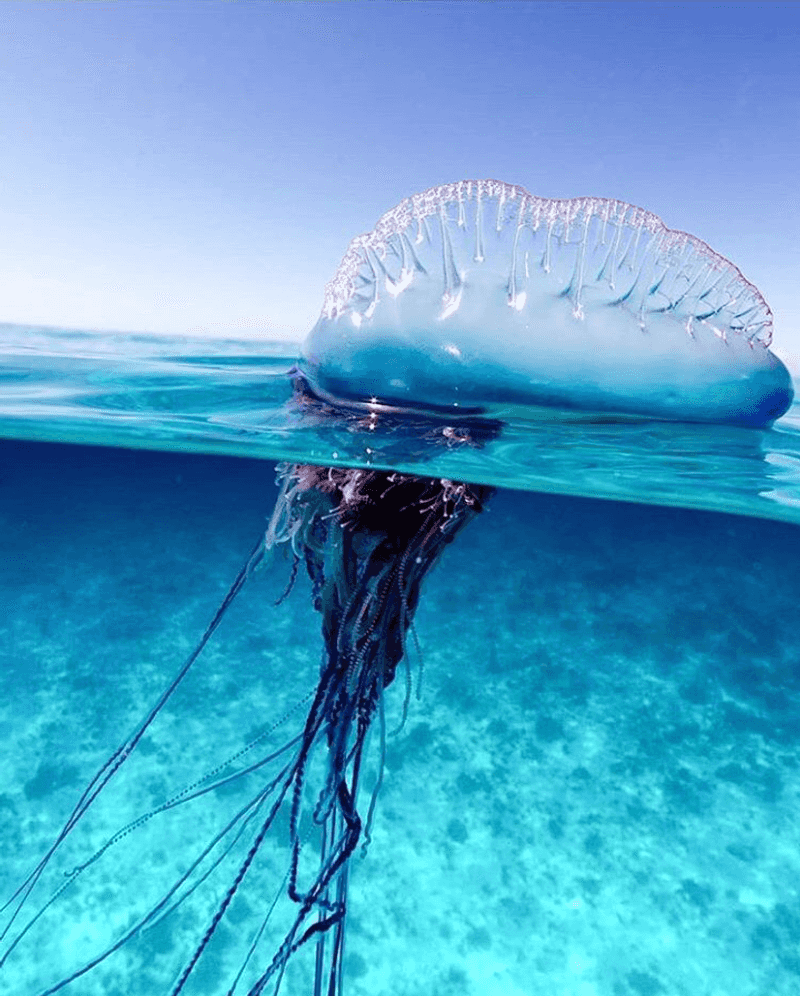
The Portuguese Man O’ War is often mistaken for a jellyfish but is an extraordinary siphonophore. Instead of a single organism, it’s a colonial life form comprising specialized polyps. With a gas-filled bladder, it floats on the ocean’s surface, its tentacles extending nearly 100 feet below.
This creature’s sting is infamous for causing painful welts, acting as an efficient defense mechanism against predators.
Found in warm ocean waters, it drifts with the currents, symbolizing both beauty and peril. Its unique structure challenges our understanding of marine life.
Basking Shark
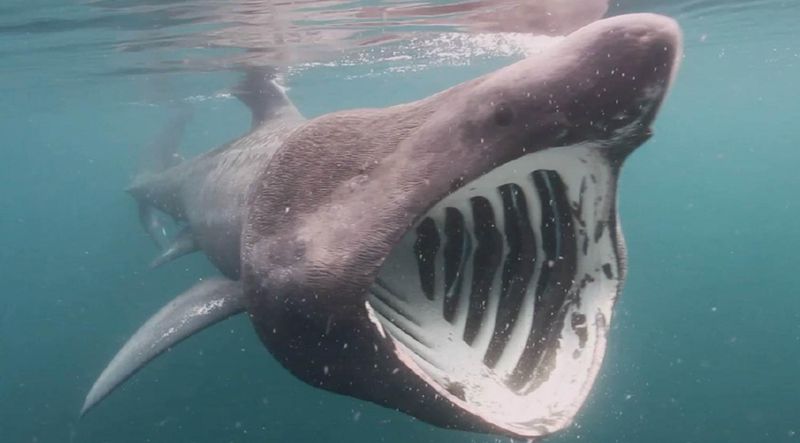
The Basking Shark, with its enormous mouth and massive body, is the second-largest living shark species, reaching lengths of 40 feet or more. Despite its intimidating size, it is completely harmless to humans, feeding solely on plankton.
These leviathans are often seen swimming lazily near the surface, their mouths agape to filter feed. Their slow, gentle movements and passive nature make them a favorite among marine wildlife enthusiasts.
A quirky fact about Basking Sharks is their ability to migrate over vast distances, sometimes traveling thousands of miles in search of food, a testament to their endurance and adaptability in the marine environment.
The Oarfish

The Oarfish, known as the sea serpent, is a creature of legend. As the longest bony fish, it can reach up to 36 feet in length. Its elongated, ribbon-like body adorned with a red dorsal fin creates a striking image beneath the waves.
Oarfish are rarely seen, residing in deep ocean waters. Their occasional appearances near the surface often coincide with seismic activity, feeding myths of sea monsters.
Their mysterious nature and unique appearance captivate scientists and ocean enthusiasts alike, contributing to the lore of the ocean’s hidden giants.

